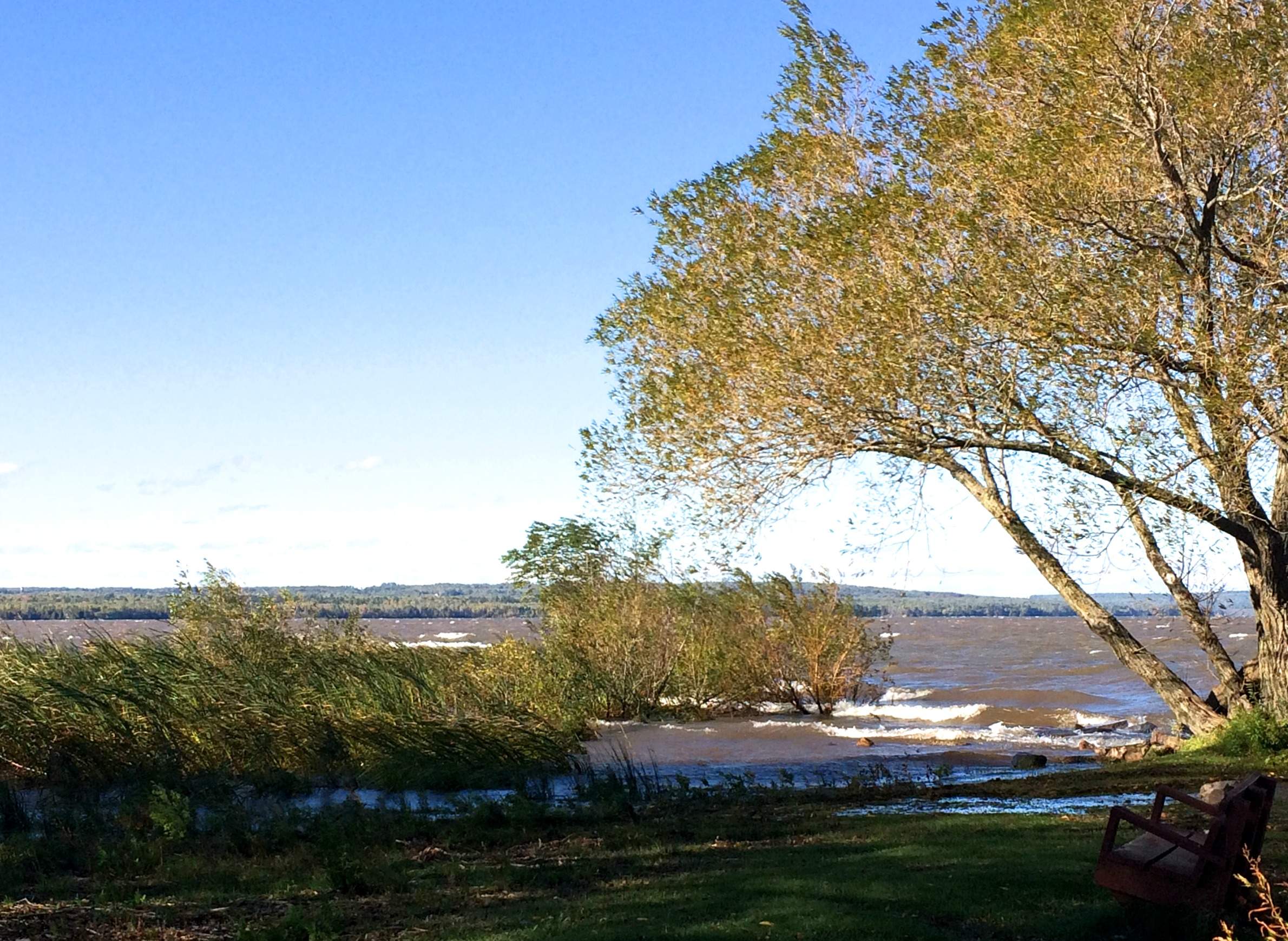
Ashland is located on Chequemegon Bay in Lake Superior.

Ashland is located on Chequemegon Bay in Lake Superior.
Industry once dominated Ashland's waterfront on Lake Superior's shores. State and federal regulators recently signed off on a method to clean up wood waste and other toxins left behind by companies a century ago.
The U.S. Environmental Protection Agency and Wisconsin Department of Natural Resources have approved a wet dredge of contaminants on Ashland’s shoreline. Xcel Energy subsidiary Northern States Power is conducting and paying for the cleanup as part of the Ashland/Northern States Power Lakefront Superfund site. Northern States Power will spend around $40 million to clean up contaminated soils and groundwater at the site of a former coal manufacturing gas plant and Kreher Park, according to an EPA case summary.
Xcel spokesman Brian Elwood said they plan to begin the wet dredge next spring.
"You set up series of different barriers and curtains in the water and then you dredge in the area behind that," he explained. "Throughout the area, you have both water monitoring and air monitoring in place to determine that you’re meeting safe standards."
According to state and federal agencies, a pilot study of the cleanup method showed removing contaminants in the water would not endanger the environment or human health. Regulators previously feared a wet dredge of toxins might lead to pollution spreading out into the Chequamegon Bay or Lake Superior, said Jamie Dunn, project manager for the Wisconsin DNR.
"There was significant re-suspension and issues while they dredged along the near shore with the wood waste and free product. But, they were able to control it," Dunn said. "At the end of the pilot test, water quality was such that everything worked out well. It was a success."
Dunn said around 15 acres of the waterfront will be cut off from lake currents by barriers called geotubes during the cleanup. A number of barriers or curtains will prevent the spread of any toxic material that’s dredged up from making its way out into the bay or lake.
"They will not be able to open those barriers up until water inside the basin meets the water quality standards for the larger bay," Dunn said.
Agencies are still working on a final plan that will be shared at a public meeting in late January or February.
Ashland Mayor Deb Lewis said they’re excited to see the waterfront cleanup move forward next spring.
"We’ve been without use of it for many, many years now," she said. "Even our biking trail that goes all the way along the lakeshore is detoured around the Superfund site. We’re very much looking forward to reclaiming that land and being able to have better access."
Once the wet dredge is complete, buildings will be removed and areas will be capped in Kreher Park as part of ongoing containment. Groundwater monitoring will continue even after the Superfund site cleanup has finished.
The city hopes to move forward with a waterfront development plan in 2019 that includes expansion of the Ashland marina and a public pavilion.
Wisconsin Public Radio, © Copyright 2023, Board of Regents of the University of Wisconsin System and Wisconsin Educational Communications Board.